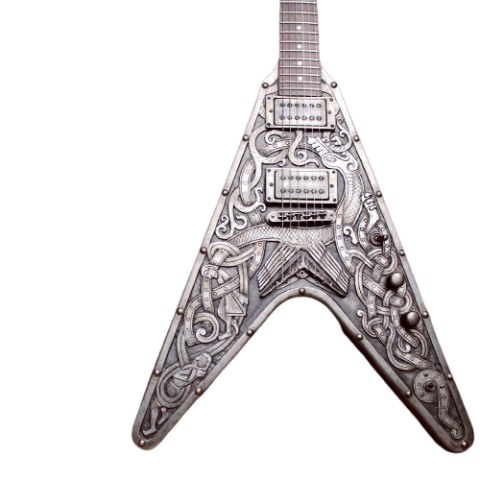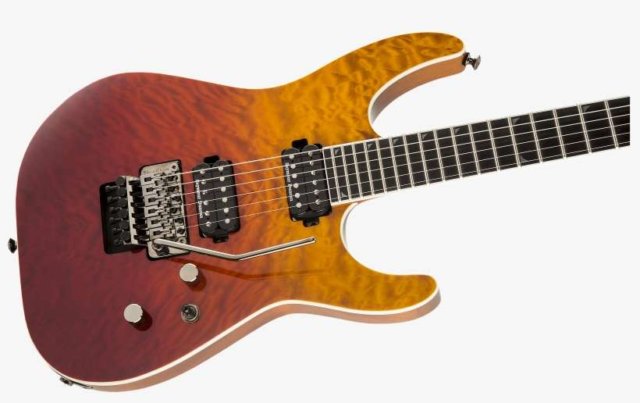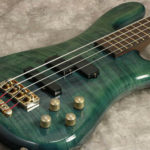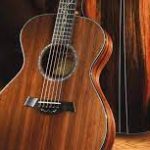Heavy metal is a demanding music genre. While mainstream society paints metal players as a bunch of screaming maniacs, bashing away at their guitars with little intent aside from making as much noise as possible, the truth is that the best guitarists spend years honing their chops. If you don’t have the tone, speed, precision, and skill, you just aren’t going to make it as a metal guitarist.
If you are just starting out, there are some excellent metal guitars for beginners, that cost about $200.
You can find instruments at this price. When combined with a decent starter amp, they make a solid first setup for an aspiring metalhead.





















